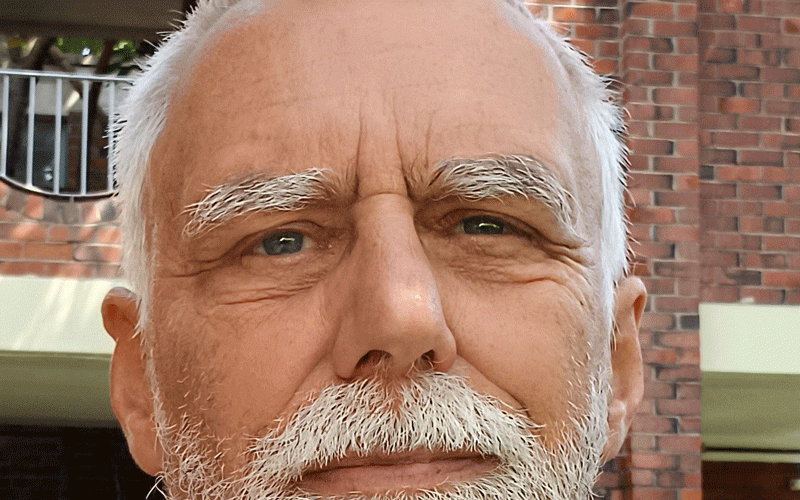
Bob Newhart, an American comedian, once introduced one of his sketches with the following introduction: “You go to work, you come home at night and you never really think about it, it’s mechanical, it’s routine. But there are a group of men, who every day when they go to work never know if that night they will return, because they face death in one hundred different ways.” We might well wonder of whom he is speaking! And we probably will not consider that it is a driving instructor!
His sketch imagines in numerous ways all the things that can go wrong in helping someone to learn to drive, including the line, “As long as you’re sitting here on the safety island, you’re not blocking anyone’s way!”
Many parents may well have gone through one of the toughest and scariest experiences in their life, along the lines described above; teaching our own child to drive can be a haunting experience! Driving has become so easy and natural for us, but when our precious young child steps into our precious new car we become very nervous, unsure, wary. We sense so many potential dangers and we become drained through the various lessons.
To a certain extent we may have been prepared for such an experience, or our child might have, when they first learned to ride a bicycle at a much younger age. That can be exhausting and painful, running alongside, bending down. However, one website claims this can be achieved very quickly and simply with less effort on our part. “All it takes,” they claim, “Is a willing child, a little patience, and a positive attitude.” Easy! So how is it done?
They obviously recognise the value of using stabilisers to begin with; the child cannot ride unaided to begin with. Gradually we may remove them, but first, the website suggests, we should “find a park or field with a gentle grassy slope (not steep!) about 50 yards long that doesn’t have any significant obstacles such as bumps, rocks, or trees. It should be relatively smooth and soft, and the grass shouldn’t be too tall.” Then, the next thing to do is to “lower the seat so that your child can sit on it and rest both feet on the ground” and also equip them with suitable protective gear in case they fall. Then we need to provide them with the required skills of balancing, steering, pedalling and braking, one skill at a time; “your child must be comfortable with each new skill before you show them the next.” Their final piece of advice is to remember that “Every child is unique and how fast yours learns depends on their coordination level and personality.”
The point of this article, however, is not to explain how to teach our child to ride a bike. It is important and helpful for us to realise that as parents we need to apply those same principles, of learning to ride a bike, into all areas of our raising a child. Most importantly, we must realise that our child cannot be left unaided; we must be there for them so much and not give them freedom or independence too soon. We must secondly equip them appropriately with gear and understanding. Then we help them to acquire new life skills one at a time; those skills include balancing her life with appropriate things, steering through difficult situations, moving forward and knowing when and how to stop. Finally, we must remember our child is unique and so much depends on her attitude.
We know full well that our child wants to learn to ride a bike for herself as soon as possible; she does not want assistance but we can only give her that opportunity when we are confident that she has grasped in full how to control the bicycle in any situation that might occur. It is even more so when she grows older and wants to learn to drive an even more powerful machine on her own. What is more, we also are keen that she achieves such goals in their right time, as we do not want to be chasing after her on her bike or drive her everywhere in our car. We want her to be able to do these things on her own, as it will be so much easier for everyone concerned.
However, we cannot let her go until we are sure she has understood what is required. The scariest part is often letting go of our children, giving them their wings to fly (flying lessons are another matter!). Yet it is not scary if we follow the same procedure of learning to ride a bike in all areas of her life. We will look back and laugh at the experience of raising our child. There is no danger in that.
- Tim Middleton is the executive director of the Association of Trust Schools [ATS]. The views expressed in this article, however, are solely those of the author in his private capacity and do not necessarily represent the views of the ATS.
- Email: ceo@atschisz.co.zw
- website: www.atschisz










